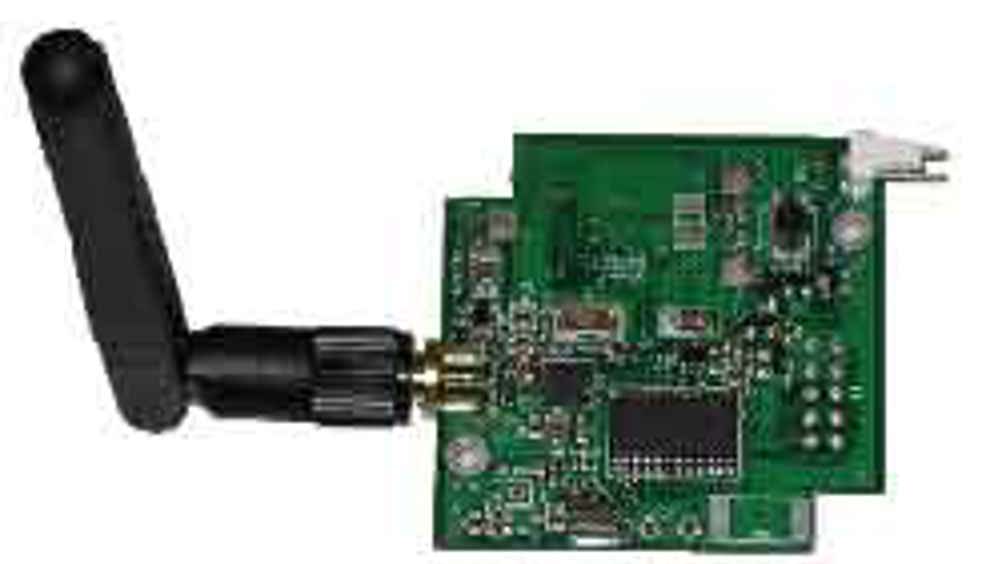Vibration powered sensors
US researchers have developed a system that uses the vibrations caused by traffic passing over a bridge to power wireless monitoring sensors.

Clarkson University researchers have developed a system that uses the vibrations caused by traffic passing over a bridge to power wireless monitoring sensors - without the use of batteries.
The new system "harvests" the vibrations through the use of an aircore tubular linear generator which responds to one of the natural vibration frequencies of the bridge. Each time a car or a lorry passes over the bridge, even in the different lane from the sensor installation, the whole structure vibrates and excites the mover in the generator producing power for the sensor modules.
On each sensor module, the alternating current from the generator is first converted to direct current. Then, energy is accumulated until the power becomes sufficient to perform a useful task. When it is, the sensors perform both measurement and wireless transmission functions.
'Hermetically sealed wireless sensors powered by bridge vibration can remain on the bridge without need of maintenance for decades, providing continuous monitoring of such parameters as ice conditions, traffic flows and health status,' said Assistant Prof Edward S. Sazonov from the university's department of electrical and computer engineering, who developed the technology along with Prof Pragasen Pillay.
Register now to continue reading
Thanks for visiting The Engineer. You’ve now reached your monthly limit of news stories. Register for free to unlock unlimited access to all of our news coverage, as well as premium content including opinion, in-depth features and special reports.
Benefits of registering
-
In-depth insights and coverage of key emerging trends
-
Unrestricted access to special reports throughout the year
-
Daily technology news delivered straight to your inbox










Water Sector Talent Exodus Could Cripple The Sector
Maybe if things are essential for the running of a country and we want to pay a fair price we should be running these utilities on a not for profit...